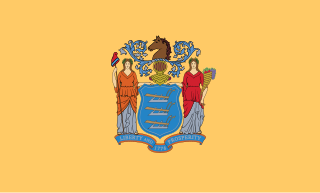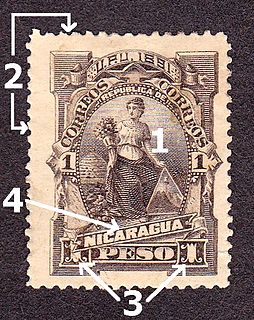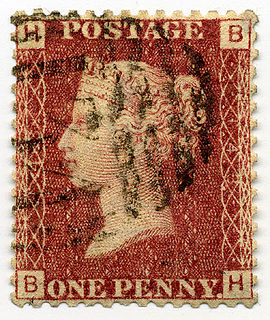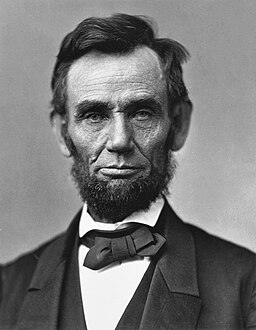| William Hogarth Tower | |
|---|---|
| Born | 1871 |
| Died | December 14, 1950 |
| Nationality | USA |
| Occupation | Engineer |
| Engineering career | |
| Institutions | Princeton University |
| Projects | Dedicated his stamp collection to Princeton University Library |
| Awards | APS Hall of Fame |
William Hogarth Tower (1871–1950), of New Jersey, USA was a postage stamp collector who endowed a "stamp room" at Princeton University.

New Jersey is a state in the Mid-Atlantic and Northeastern regions of the United States. It is located on a peninsula, bordered on the north and east by the state of New York, particularly along the extent of the length of New York City on its western edge; on the east, southeast, and south by the Atlantic Ocean; on the west by the Delaware River and Pennsylvania; and on the southwest by the Delaware Bay and Delaware. New Jersey is the fourth-smallest state by area but the 11th-most populous, with 9 million residents as of 2017, and the most densely populated of the 50 U.S. states; its biggest city is Newark. New Jersey lies completely within the combined statistical areas of New York City and Philadelphia. New Jersey was the second-wealthiest U.S. state by median household income as of 2017.

A postage stamp is a small piece of paper issued by a post office, postal administration, or other authorized vendors to customers who pay postage, who then affix the stamp to the face or address-side of any item of mail—an envelope or other postal cover —that they wish to send. The item is then processed by the postal system, where a postmark or cancellation mark—in modern usage indicating date and point of origin of mailing—is applied to the stamp and its left and right sides to prevent its reuse. The item is then delivered to its addressee.

Princeton University is a private Ivy League research university in Princeton, New Jersey. Founded in 1746 in Elizabeth as the College of New Jersey, Princeton is the fourth-oldest institution of higher education in the United States and one of the nine colonial colleges chartered before the American Revolution. The institution moved to Newark in 1747, then to the current site nine years later, and renamed itself Princeton University in 1896.



